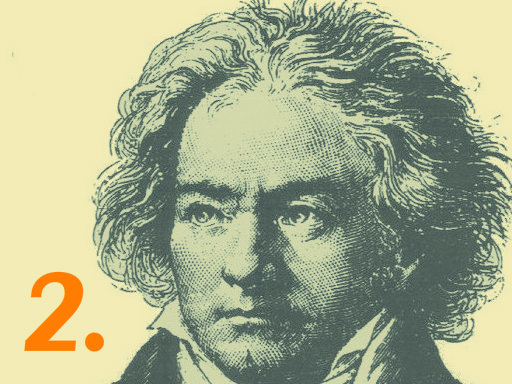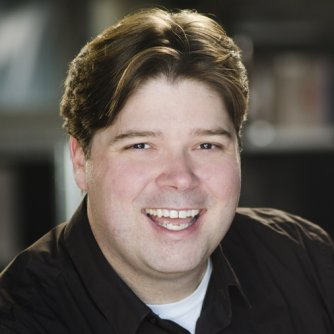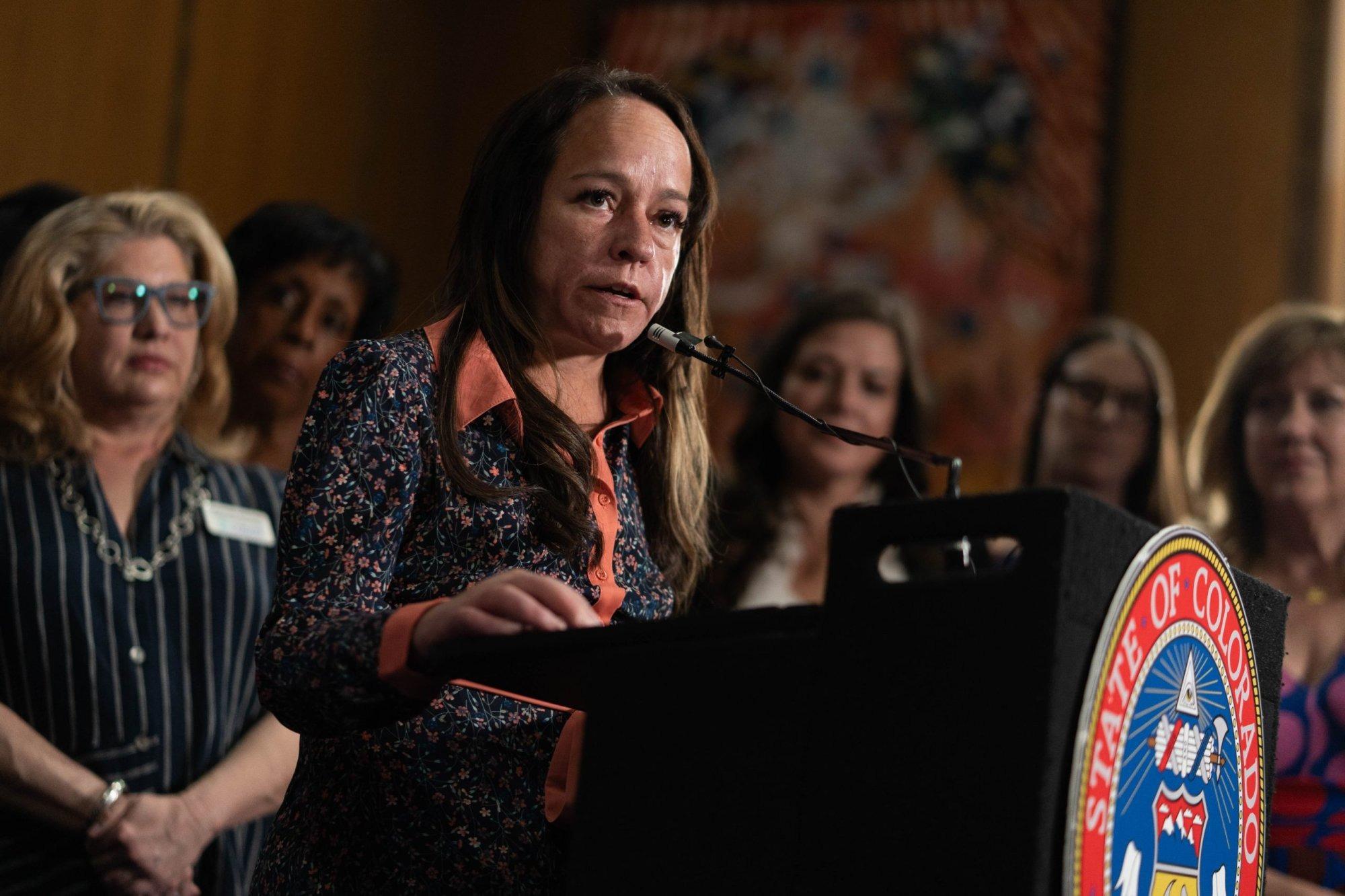
Ludwig van Beethoven's Second Symphony came at a pivot point in his life.
Musically, the composer moved toward the more epic, revolutionary style that would define his later symphonies. Personally, Beethoven sank into despair as his hearing loss worsened
He described his desire to overcome his hearing problems and make great art in a letter that became known as the Heiligenstadt Testament.
And the Second Symphony, which debuted in 1803, showed Beethoven's growing musical skills while hinting at the landmark pieces he would create later.
Watch a performance
Here's the Berlin Philharmonic and conductor Herbert von Karajan playing Symphony No. 2:
Must-hear recordings
Some of CPR Classical's favorite recordings of Symphony No. 2:
Read more
Host Monika Vischer on Symphony No. 2:
He realized his deafness was getting worse, not better. The music that sustained him, that was the fabric of his being and expression, was fading away. He kept it quiet for as long as he could. Fate has rarely seemed more cruel.
Then Beethoven did the extraordinary. He journeyed deep inside his soul to do what many of us are too scared to do. He faced his frailties head-on.
Read the full essay.
View all Beethoven 9 content.
The Beethoven 9 podcast offers an in-depth exploration of Ludwig van Beethoven's nine symphonies, featuring host Monika Vischer and Beethoven biographer Jan Swafford. Hear other episodes or subscribe to be notified when new installments are available.









